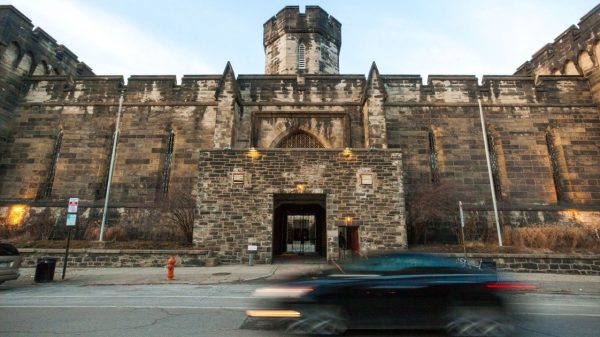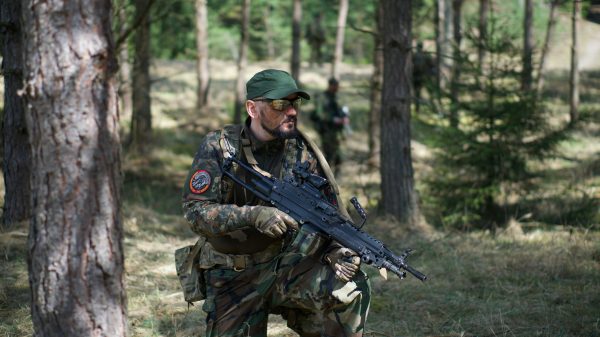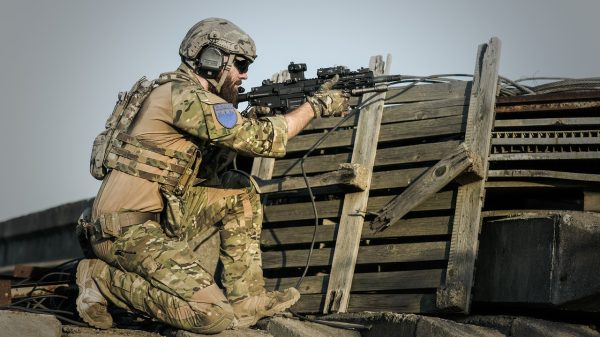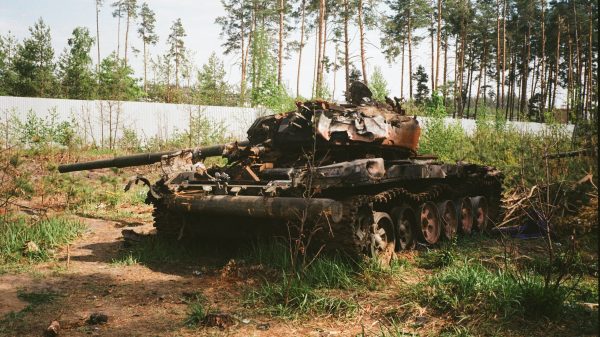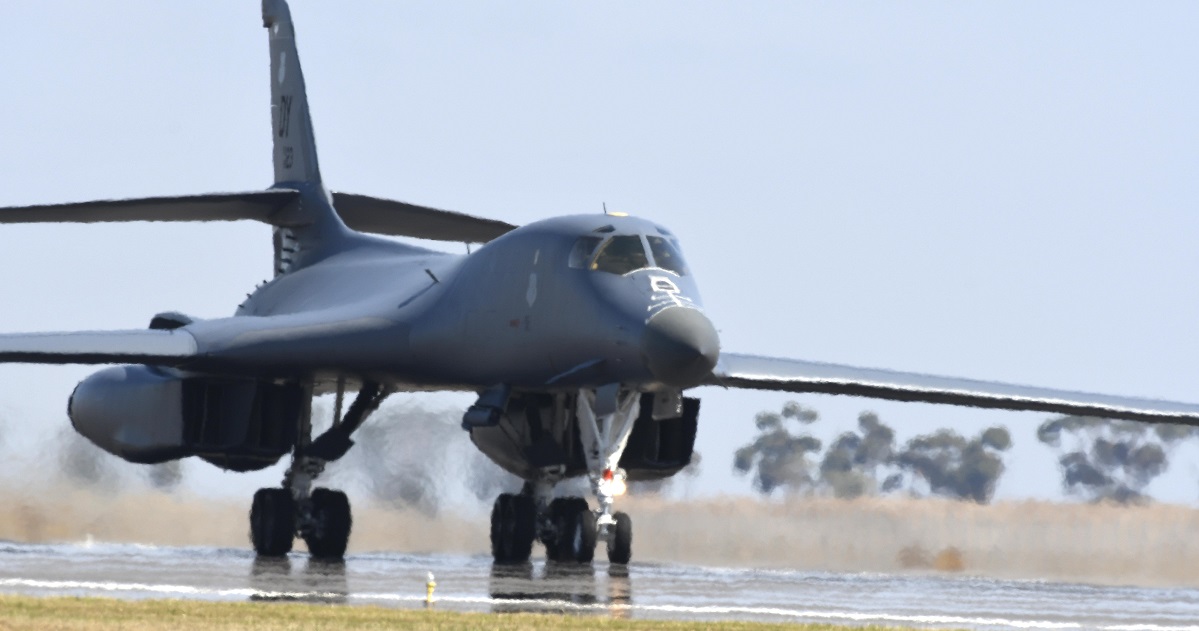US-Japan Collaboration in the South China Sea and B-1B Bomber’s Vital Upgrade
US and Japan collaborate in South China Sea, with upgraded B-1B bomber boosting deterrence and operational capabilities.
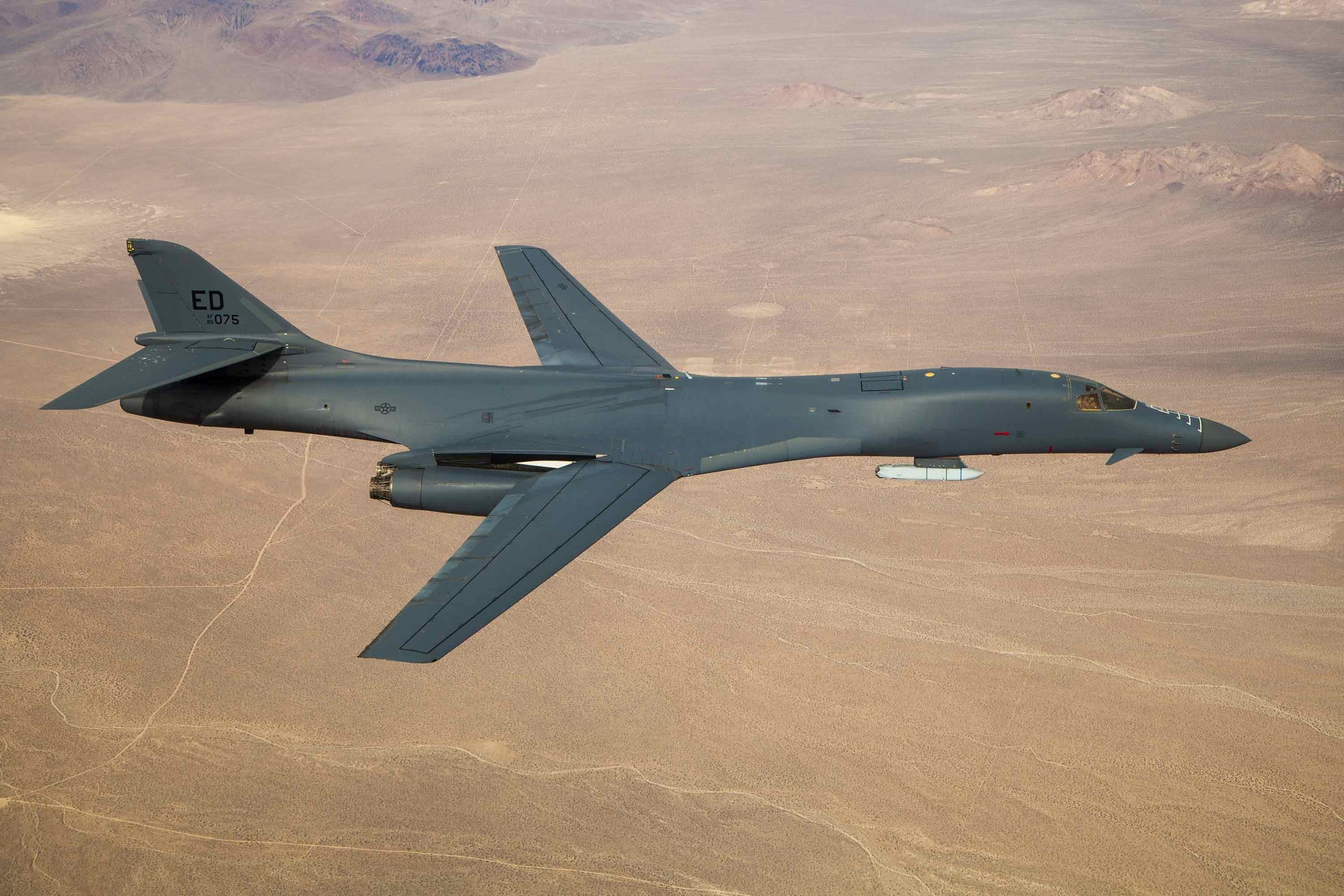
US and Japan collaborate in South China Sea, with upgraded B-1B bomber boosting deterrence and operational capabilities. (PHOTO: Military)
READ ALSO: NORTH KOREA MISSILE LAUNCHES IN RESPONSE TO U.S. AND SOUTH KOREAN MILITARY DRILLS
Collaborative Patrol Mission: The Key Elements and B-1B Bomber Deterrence Strategy
The US and Japan have joined forces to deter China’s military actions in the South China Sea. Their joint patrol mission includes four US Air Force F-15s, a powerful B-1B bomber, and a Japanese F-2 fighter jet. According to a published article in Bulgarian Military, this combination of aircraft creates a unique deterrent, especially when the F-2 is needed for air defense or operating in hostile areas. Success in this operation relies on real-time communication between US and Japanese aircraft for efficiency and effectiveness.
Establishing high-speed connections between diverse military aircraft from different nations could revolutionize multinational capabilities. If the advanced technology of the F-2 interfaces seamlessly with the B B-1B bomber’s datalinks, it expands deterrence options and enhances the ability to form extended formations, particularly important in the vast South China Sea, where potential targets and threats are scattered across large expanses, like the Spratly Island Chain.
READ ALSO: HOW MARINE EXPEDITIONARY UNIT TRAINING PREPARES FOR CRISIS RESPONSE ENHANCING READINESS
Boosting B-1B Bomber’s Combat Capabilities: Hypersonic Weapons and Advanced Upgrades
According to Task & Purpose, the US Air Force has given the B-1B bomber a serious upgrade to keep it in top shape while waiting for more B-21 bombers to join the team. They’ve given it the ability to carry hypersonic weapons and packed its internal storage with up to 40 weapons. They also added a modern control center to make flying and fighting easier and more connected.
The B-1B bomber, which made its combat debut back in 1998, is no slouch. It’s speedy and can fly high up to 60,000 feet. Now, it can carry all sorts of powerful bombs for different missions. These upgrades ensure it remains a valuable asset in modern warfare, like a seasoned player with some new tricks up its sleeve.
READ ALSO: RISKS OF CHINESE DRONES IN AMERICA: UNDERSTANDING SECURITY CHALLENGES AND SOLUTIONS


















